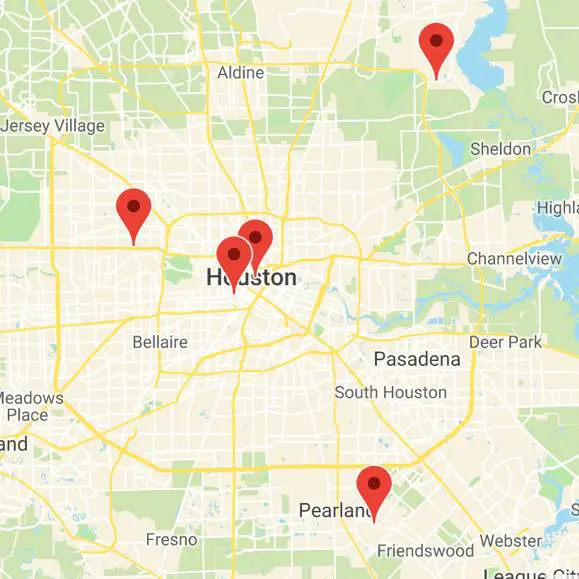Nerve Repositioning
Dental implants can be challenging to perform for some patients. One of the common reasons is when there is not enough jaw bone mass to provide ample support for the implant placement. When this is the case, a nerve repositioning is necessary.
Nerve repositioning is a dental procedure that is performed when there is insufficient bone mass to hold the dental implant in the lower jaw area. The alveolar nerve is what is being repositioned and it is not an easy procedure. It can be challenging because the alveolar nerve’s function is to give the chin and lower lip areas the ability to feel. This is crucial to know before undergoing such procedure. However, there are many experts in the field and you just have to ask for recommendations to find the right dental surgeon to perform the nerve repositioning.
Nerve repositioning is needed for the dental implants to be placed without damaging the nerve. The procedure can render the jaw and lower lip numb so a less aggressive approach, like blade implants placement, is often considered first.
If you are up for nerve repositioning, here are the standard steps to follow.
First, the dental surgeon will assess if you are eligible for nerve repositioning. You will need x-rays and/or CT scans to complete the assessment. When the dental surgeon finds you suitable for dental implant, you will be scheduled for the procedure.
To start the procedure, the dental surgeon will make an incision on the lower jaw bone to expose the alveolar nerve. In order to do this, part of the lower jaw bone needs to be removed to make the nerve visible and isolate the area before it is carefully repositioned either to the side or outwards. When it is out of harm’s way, the dental implants can then be placed. This can be done right away or another time, depending on the circumstances. The accessed part will then need to be filled again with bone graft material from the maxillofacial region (either from the chin, upper jaw at the back of the last tooth or the third molar region), surface of the tibia at the knee or the hip. Synthetic materials may also be used. In many cases, the use of the patient’s own bones for addition or repair. The surgeon will determine where to get the bone graft material.
Since the alveolar nerve is sensitive, surgical padding is placed between it and the dental implant. This is to ensure that the dental implant won’t come into contact with the alveolar nerve. The patient may be under general anesthesia or IV (intravenous) sedation throughout the procedure.
Because this is not a simple procedure, the dental surgeon must discuss fully and thoroughly with the patient its pros and cons to come up with the best and safest solution available.
After the operation, the patient is advised to limit physical activity. It is recommended to take bed rest for at least a day. Pain medication and antibiotics may also be prescribed by your surgeon.






























